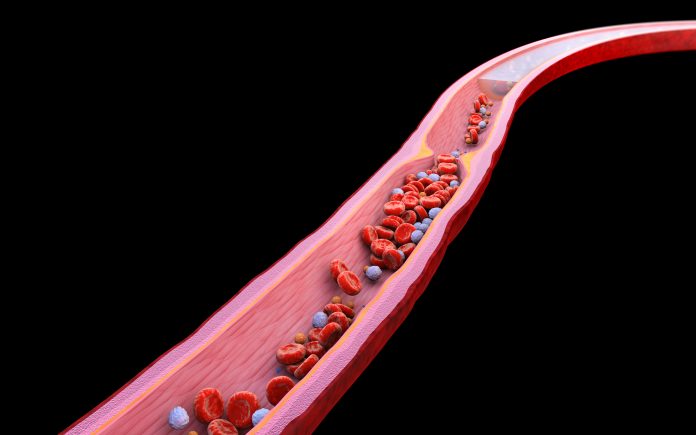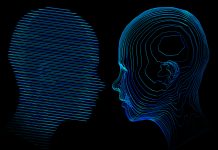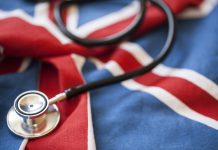Scientists examining how COVID impacts the entire human body, not just the lungs, believe that there could be a link between the endothelium and Long COVID
The majority of research has been focused on dissecting the devastation of the virus, whether on the lungs, the vaccines, the organs or blood clots. The majority of the world still remains far from vaccinating their populations, with the life-saving treatment illegal to manufacture in poorer countries – due to intellectual property laws. There are new discoveries about what the virus means for the human body every month.
But what about how the virus impacts electron exchange reactions?
Scientists at the University of Southampton are looking into how the body handles the stresses of the virus, especially in relation to the ‘redox’ processes. Electron exchange reactions are the foundation of all Life on Earth, underpinning human physiology and human ability to react to changes in demand and environmental conditions.
Martin Feelisch, Professor of Experimental Medicine and Integrative Biology at the University of Southampton, explained: “COVID-19 has been a huge burden on society at all levels. Whilst the prospects are improving in countries with efficient vaccination schemes like the UK, the virus is still present, and new variants continue to pose considerable risks.
“Moreover, there are sustained effects such as Long COVID and the mental health burden of the pandemic to overcome.
“By analysing and re-ordering the information available in the literature we aimed to offer a systems-level view on the disease within a single framework that provides a coherent picture about the way this infection stresses the human body.”
Why is the endothelium relevant?
The endothelium is the thin membrane that lines the inside of the heart and blood vessels, which has not come up in public discussion over COVID-19. This study connects it to the existence of Long COVID, which remains largely a mystery due to the proximity of the present to the beginning of the pandemic.
‘Emerging virus mutants show the threat continues’
Professor Feelisch further commented: “COVID can present as a severe lung infection in one person while producing only minor symptoms in others, although it may have affected several other organs by then already.
“Arriving at a better understanding of how the body deals with different stresses while maintaining an appropriate redox balance would put us in a better position to treat patients acutely, protect the rest of the population and control disease spread. While the current vaccination success story is encouraging, emerging virus mutants show the threat continues, and we need to be better prepared in the future.”
Three discoveries made by the team
1. Nutrition is preventative of disease
Nutrition seems to be crucial to maintaining the necessary redox balance and provide human metabolism with the flexibility to adjust and combat the damaging effects of viral infection on cells and tissues.
Since lower income areas have a higher rate of illness, the link between nutrition and susceptibility to disease is one that should be further investigated.
2. The endothelium is important to Long COVID
Specifically, a highly fragile layer on the surface of the endothelium regulates nutrient and fluid exchange. It also protects blood cells from coming into close contact with the vessel wall. The team found that the regulatory function performed by the endothelium has not been fully recognised in existing research and may also be essential to understanding the effects of Long COVID, which is basically when the body does not get back to its normal balance.
The team suggest healthcare professionals monitor this non-invasively, via the tongue. This could shape more specific treatment for Long COVID.
3. ‘Gasotransmitters’ are also important
These are small molecules which are used by all cells to sense changes in their environment and then, adapt. They are part of a body-wide system that uses circulating blood as a communication highway to inform other organs how to best respond to the mixture of stresses experienced by other parts of the body. For example, how to ramp up the metabolism in the liver to deal with an infection of the lung.
Of all the molecules involved, nitric oxide appears to be fundamental in protecting the overall redox system. It could explain the way different bodies react to COVID, especially when it comes to lung and organ damage.
Professor Feelisch said: “The next pandemic could be just around the corner and if we do not learn from current events, chances are we will face the same problems all over again.”












Mechanims of post COVID-19 ,long covid !